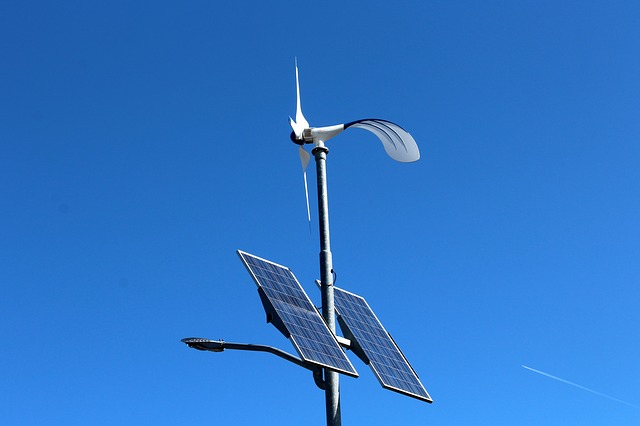
Solar charge controllers protect your battery storage components and ensure they run efficiently and safely.
More and more boaters everywhere are installing solar panels on their vessels. Even a small set-up can be the perfect solution to give you a few extra days without running the generator. We have long days of sunshine during the summer months that provide more than enough solar energy. However, boaters often wonder if their batteries can be overcharged by their solar panels. Solar charge controllers are critical elements in every solar array. They protect your battery storage components and ensure they run efficiently and safely throughout the lifespan of your system. Let’s go over the importance of solar charge controllers.
What is a Solar Charge Controller?
The charge controller in your solar power system is located between the solar panels and the batteries. Charge controllers prevent your batteries from overcharging by restricting the rate of charge to your batteries. Solar charge controllers also stop battery drainage by shutting down the system if stored power drops under 50 percent capacity and charge the batteries at the proper voltage level. Installing this device on your boat helps preserve the life and health of your marine batteries.
How Do Solar Charge Controllers Work?
A solar charge controller regulates the electrical current in the battery by using the battery’s designated charging set points. Charge controllers also prevent overcharging by reducing energy flow to the battery once it reaches a specific voltage. Overcharging your batteries can be especially damaging to the battery itself, so charge controllers are vital.
These devices also offer other essential functions, such as overload protection, low voltage disconnects, and blockage of reverse currents.
PWM vs. MPPT Controllers
There are two main types of solar charge controllers: pulse width modulation (PWM) and maximum power point tracking (MPPT). PWM controllers feed power from the
solar control panel through to the battery until the voltage reaches a predetermined level. It keeps the voltage at that level by pulsing the panel voltage on and off to keep the battery voltage constant. PWM controllers are usually better suited for smaller systems with a few low-voltage panels and a small battery.
An MPPT solar charge controller reduces the power flowing to your battery as it nears capacity. It differs from PWM in that it can pair non-matching voltages from panels and batteries. The MPPT controller works by adjusting the input to bring in the maximum amount of power possible from your system. In fact, newer MPPT controllers have an indicator light to let you know they are working. Some MPPT controllers have a display on the controller or an option to connect via Bluetooth to a smart device.
Marine Electric Systems, LLC is a Leader In the Maritime Industry
We here at Marine Electric Systems have over 30 years of industry experience. You can trust our team for reliable service and expert craftsmanship in the Maryland, Baltimore, Annapolis, and Baltimore city areas! We’re highly certified and adhere to all ABYC and NMEA regulations. We specialize in top-notch electrical solutions for recreational, commercial, and government boating clients. Anything from electrical refits, to navigation systems, or boating maintenance. To stay up to date on our services, follow us on Facebook, LinkedIn, Pinterest, Instagram, and YouTube. You can also contact us at 410-263-0807.
